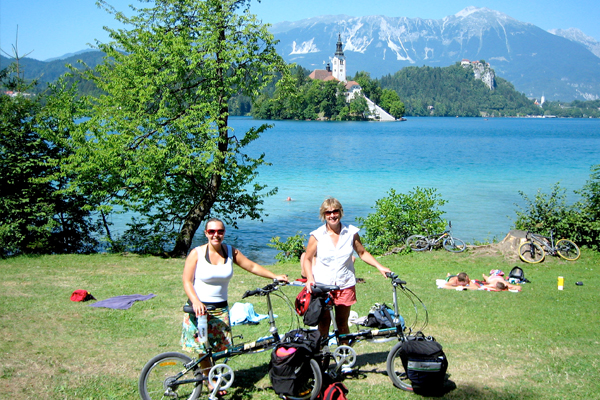A teacher and passionate 2-wheeled tourist, the irrepressible Jacinta Costello continues to inspire a love of cycling in others. Jacinta’s cycling ‘career’ began in 1974 when as a physical education student at Rusden College, in the Melbourne suburb of Clayton, she headed to Tasmania with her friend Jeanette for a month of touring on borrowed bikes.

